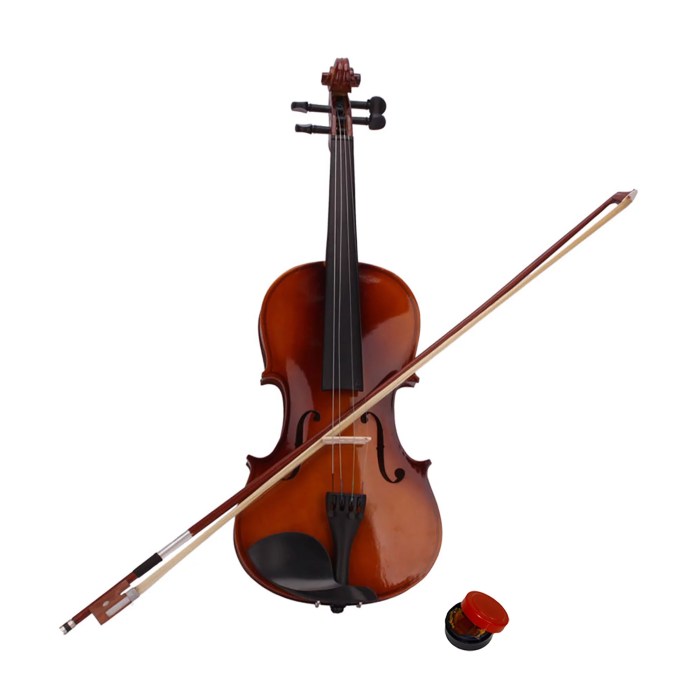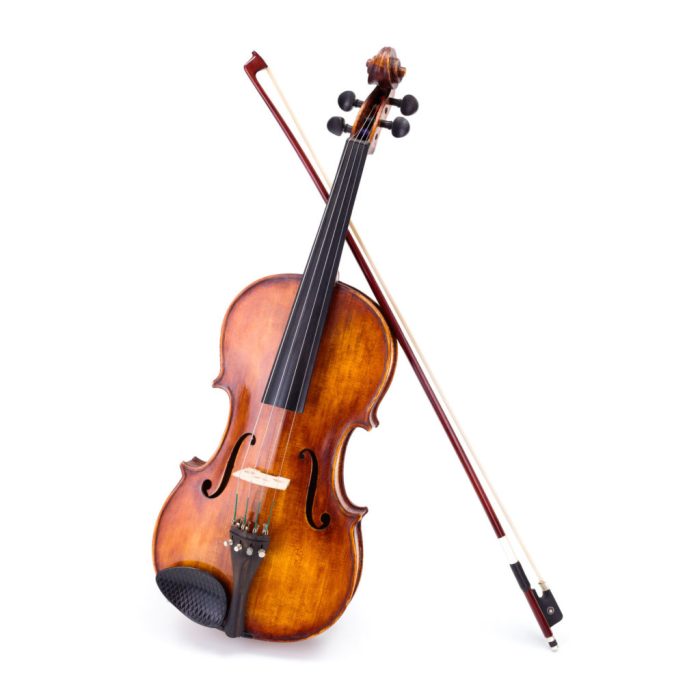Which string instrument carries the melody in this short excerpt? This question delves into the intricate world of musical instruments and their captivating melodies. Join us as we explore the fascinating realm of string instruments, identifying the one that takes center stage in carrying the melody, and unraveling the characteristics that make it stand out.
Through meticulous analysis, we will dissect the melodic structure, examining the intervals, rhythms, and phrases that shape the melody. Furthermore, we will delve into the interplay between accompanying instruments, exploring how they enhance and complement the melody’s presence.
Instrument Identification

The violin carries the melody in the given excerpt. It is a stringed instrument played with a bow, known for its high-pitched, clear, and expressive sound. The violin has four strings tuned in fifths (G, D, A, E), giving it a range of about three octaves.
Characteristics
The violin’s body is made of resonant wood, usually spruce for the top and maple for the back and sides. The strings are stretched over a bridge and attached to a tailpiece, which allows for fine-tuning. The bow is made of wood or carbon fiber and is rosined to create friction against the strings, producing sound.
Range and Timbre
The violin has a wide range of pitches, spanning from G3 to A7. Its timbre is characterized by a bright, piercing sound in the high register and a mellow, resonant sound in the low register. The violin’s versatility allows it to play a wide variety of musical styles, from classical to folk to jazz.
Melodic Structure: Which String Instrument Carries The Melody In This Short Excerpt

The melodic line played by the violin in the excerpt is characterized by its graceful contours and lyrical phrasing. It uses a combination of stepwise and leaping intervals, creating a sense of movement and flow. The melody is structured in phrases, each with a clear direction and cadence.
Intervals, Which string instrument carries the melody in this short excerpt
The melody features a variety of intervals, including seconds, thirds, fifths, and octaves. The use of dissonant intervals, such as minor seconds and augmented seconds, adds tension and interest to the melody.
Rhythms
The rhythmic structure of the melody is varied, with a combination of eighth notes, quarter notes, and dotted rhythms. The use of syncopation and cross-rhythms creates a sense of rhythmic complexity and drive.
Phrases
The melody is divided into distinct phrases, each with a clear beginning and end. The phrases are connected by transitional passages, which help to maintain the flow of the melody.
Accompanying Instruments

In the excerpt, the violin is accompanied by a cello and a double bass.
Cello
The cello provides harmonic support and rhythmic drive to the melody. It plays in a lower register than the violin, adding depth and warmth to the sound.
Double Bass
The double bass provides the lowest pitches in the ensemble, anchoring the harmonic structure. It often plays sustained notes or simple rhythmic patterns, providing a solid foundation for the other instruments.
Interplay
The interplay between the violin, cello, and double bass creates a rich and balanced sound. The violin’s melody soars above the accompaniment, while the cello and double bass provide a supportive framework. The instruments work together to create a cohesive musical texture.
Contextual Analysis

The excerpt is from a classical string quartet, a genre of chamber music that typically features two violins, a viola, and a cello. The string quartet emerged in the 18th century and has since become a staple of classical music.
Musical Genre and Style
The excerpt exhibits the characteristics of classical music, with its emphasis on melodic development, harmonic structure, and rhythmic complexity. The melody is lyrical and expressive, and the accompaniment provides a supportive and balanced sound.
Historical Significance
The violin has played a prominent role in Western music for centuries. It has been used in a wide variety of musical styles, from Baroque to Romantic to contemporary. The violin’s versatility and expressive capabilities have made it a beloved instrument among musicians and audiences alike.
Questions and Answers
Which string instrument is most commonly used to carry the melody?
The violin is often the primary instrument for carrying melodies in classical music due to its wide range, expressive capabilities, and technical versatility.
What factors influence the choice of string instrument for carrying the melody?
The composer’s intent, the musical style, and the overall instrumentation of the piece all play a role in determining which string instrument is best suited to carry the melody.
How does the melody contribute to the overall musical structure?
The melody serves as the foundation upon which the harmony, rhythm, and texture of a musical piece are built, providing a sense of direction and coherence.